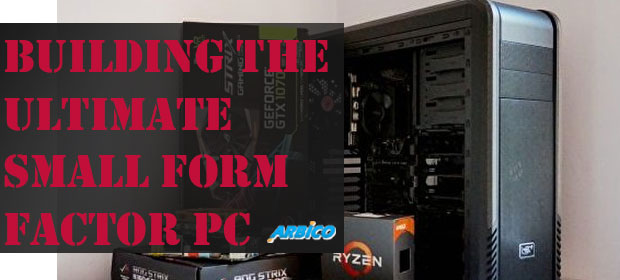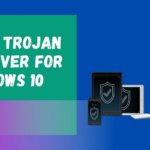If you are planning to build the ultimate small form factor PC then you have to understand the needs of this type of computer. In this article, we will look at the different types of accessories that will be required. It is always advisable to get them from online sources as they are more affordable than buying them from retail stores. There are also various reviews on various products that will make your decision easier.
Small Form Factor PC Explained
While there is no around concurred meaning of a Small Form Factor PC, most generally it describes a computer that is enclosed in a substantially smaller chassis than a standard PC, planned and explicitly designed as an application-explicit subsystem.
For many military and industrial applications, SFF is a critical technology. Size and weight are often generally critical factors, but compromises on performance are not acceptable.
By eliminating unneeded features, optimizing the desired functionality, and by using compact, low power (often non-standard) processing cards – coupled with critical thermal management expertise – SFF PC producers can pack work area type execution in a bundle the size of a stogie box.
While inherently more rugged due to their smaller stature, SFF PC’s can be readily enhanced to meet the many and varied military and industrial specifications for harsh environment deployment.
On the negative side, SFF PCs units are usually premium priced as the technology to package and ultimately cool the units require far more engineering than their desktop-based cousins. Generally, small form factor PCs are application-specific, optimized for an individual subsystem, and, hence, are not mass-produced. Lower volume manufacturing always means higher prices.
While they often have the same computing power as Commercial-Off-The-Shelf (COTS) products, small form factor PCs are not a good general-purpose server solution. The compact casing limits the amount of expansion space for upgrades to the motherboard or additional functional cards/add-ons and input/output capability.
Tips For Building the Ultimate Small Form Factor PC
In the case of a desktop computer, you should get an external USB mini optical mouse, a microphone, and a keyboard. A microphone will come in handy if you want to record some audio while traveling with a camera. If you are going to be using your computer for gaming, then you should consider getting a sound card that supports DVD-Audio. Apart from the standard computer accessories, there are many things you can do to improve the look of your computer.
You should get a power strip. This will not only make your computer safer but will also protect it from any damage. You can also get a power brick. These are very handy for protecting the computer’s battery from any damage. This will ensure that your system runs at its optimum capacity.
The next thing that you should look out for is a video card. The video card will allow you to play games and movies and will make your computer faster and give you more options. These days, most of the video cards have their own software that you need to download.
Before buying the monitor, you should get an accurate measurement of your computer monitor. Do not forget to measure the width and height as well. Then you can go online & buy the monitor from the store that you are going to buy from. They are usually available in different price ranges.
Now that your PC has all these components, the last thing that you should do is put everything together. You should then connect the components to the motherboard and then use the screws that came along with the computer. This should ensure that your computer is firmly placed. and securely secured. It is always advisable to use screws that are designed for your specific model of computer.
When you are done building your computer, you can then use the computer for surfing the internet, downloading your files, and then boot up your desktop PC and enjoy your work. If you want to install some additional software then you can connect your USB flash drive and your mouse and keyboard to a USB port and then insert the USB memory stick. Now all you have to do is plug it into your external USB port and then you are ready to go.
So follow these tips for building your very small form factor PC without breaking your budget. Now that you have done that, what about the next step? Get yourself a computer bag and make sure that you have a charger or converter so that you don’t run out of battery during the trip.
In conclusion, small form factor (SFF) PCs are not a panacea but they can be ideal for many applications where the necessity for smaller size and less weight can be balanced against a higher price tag.













